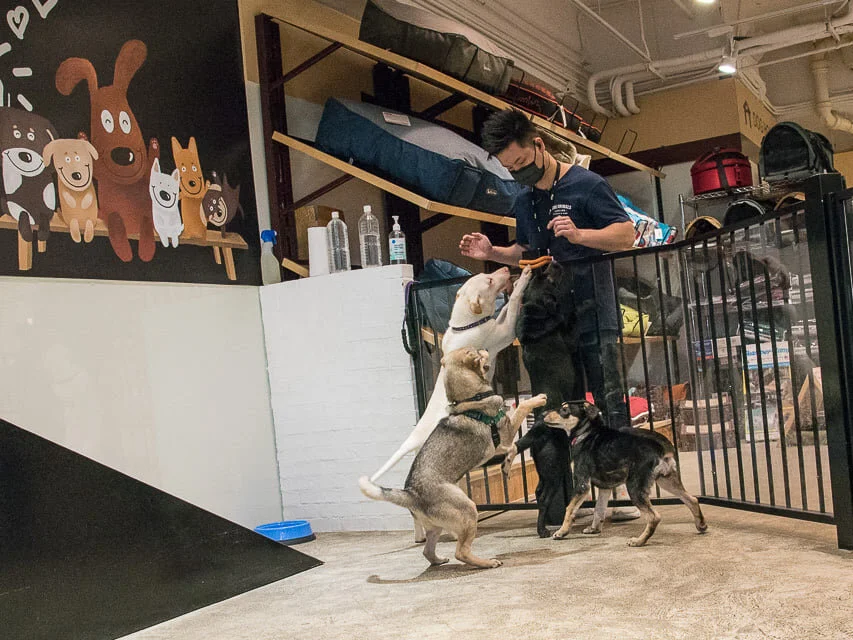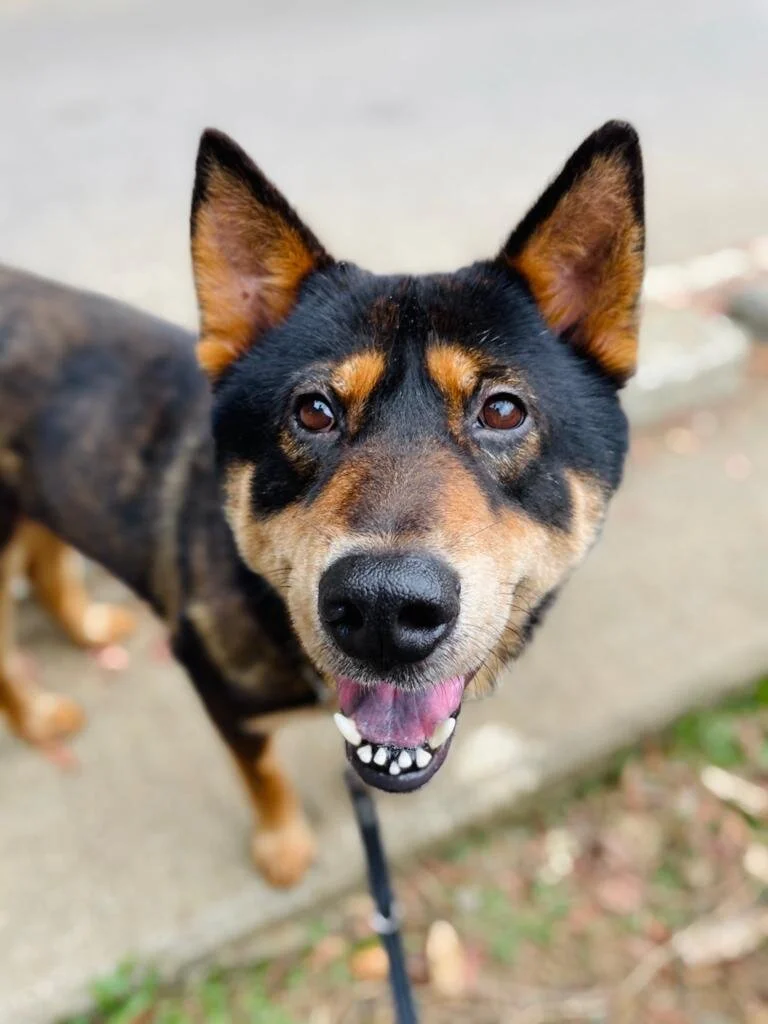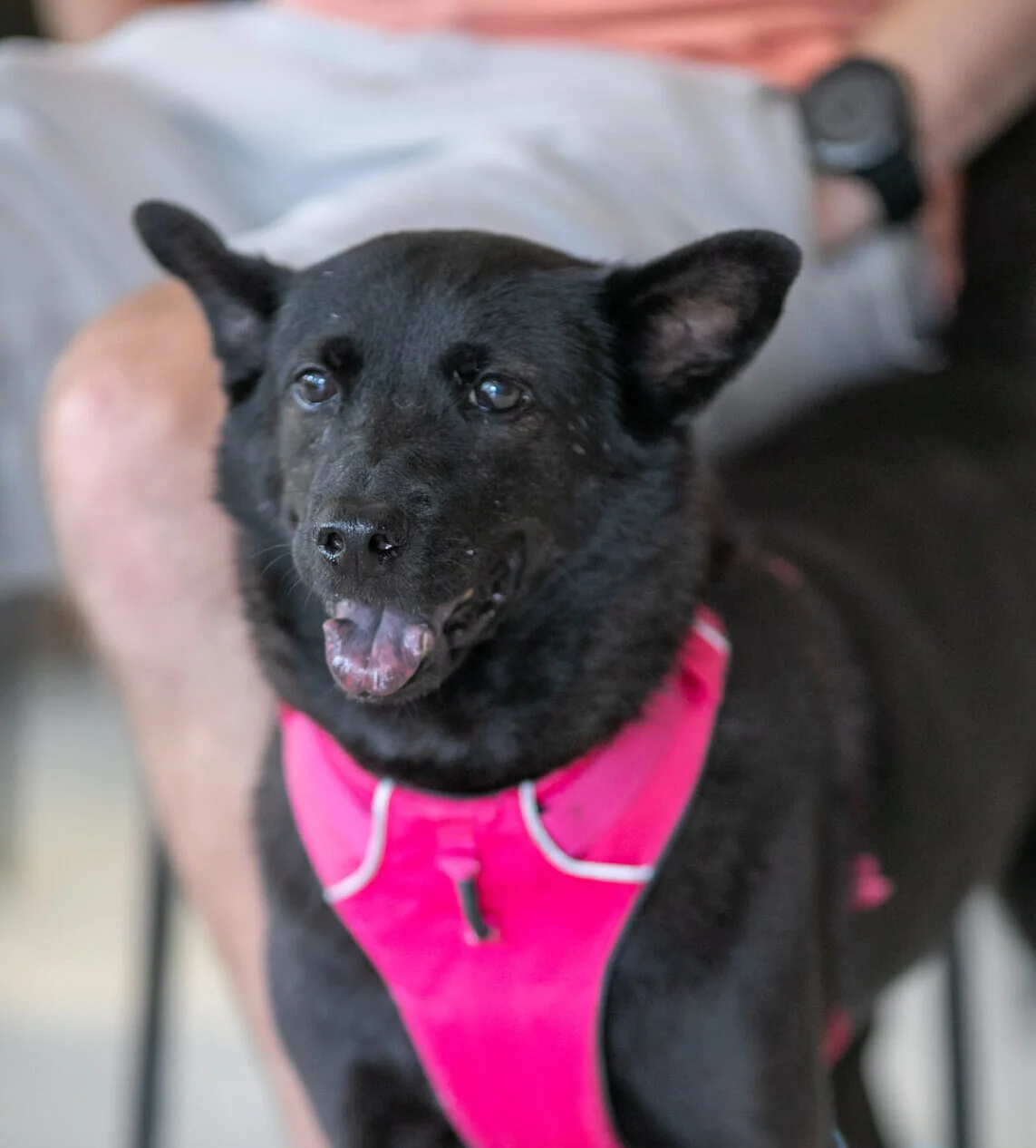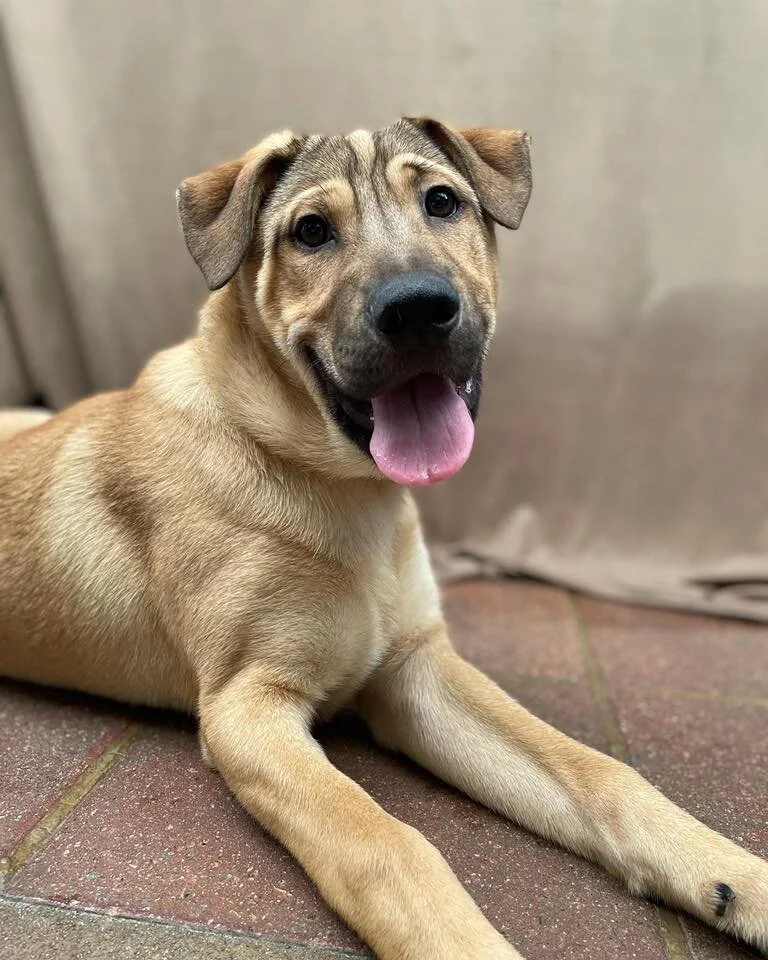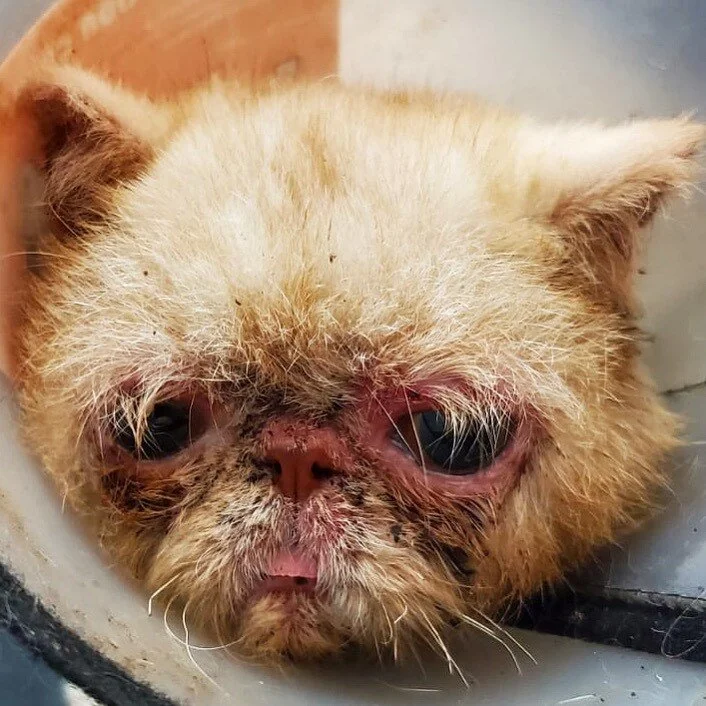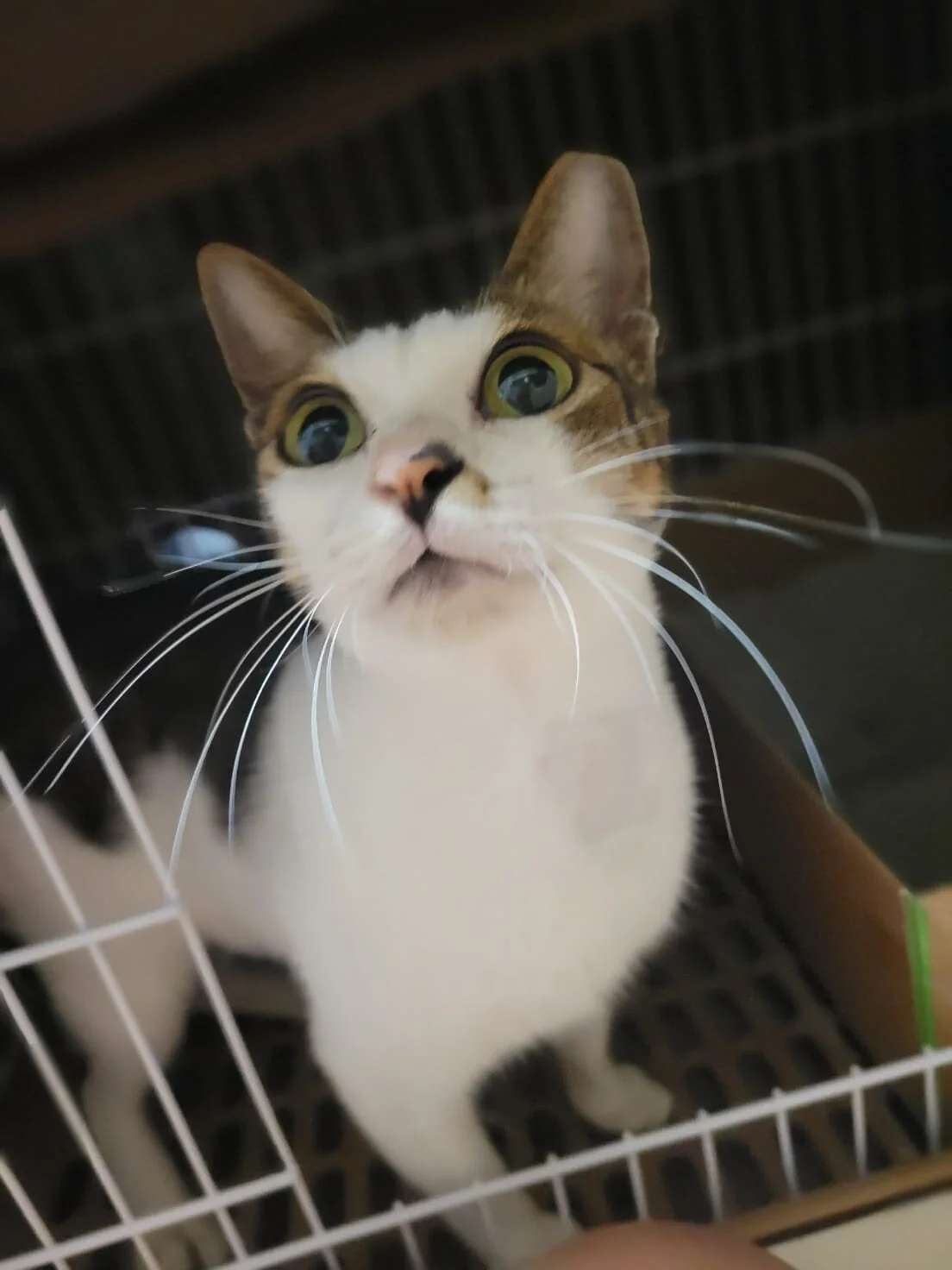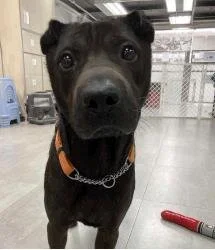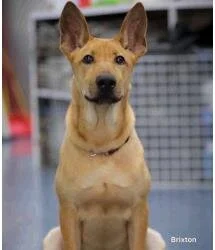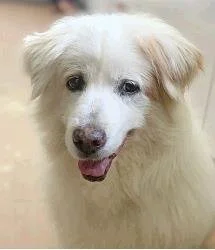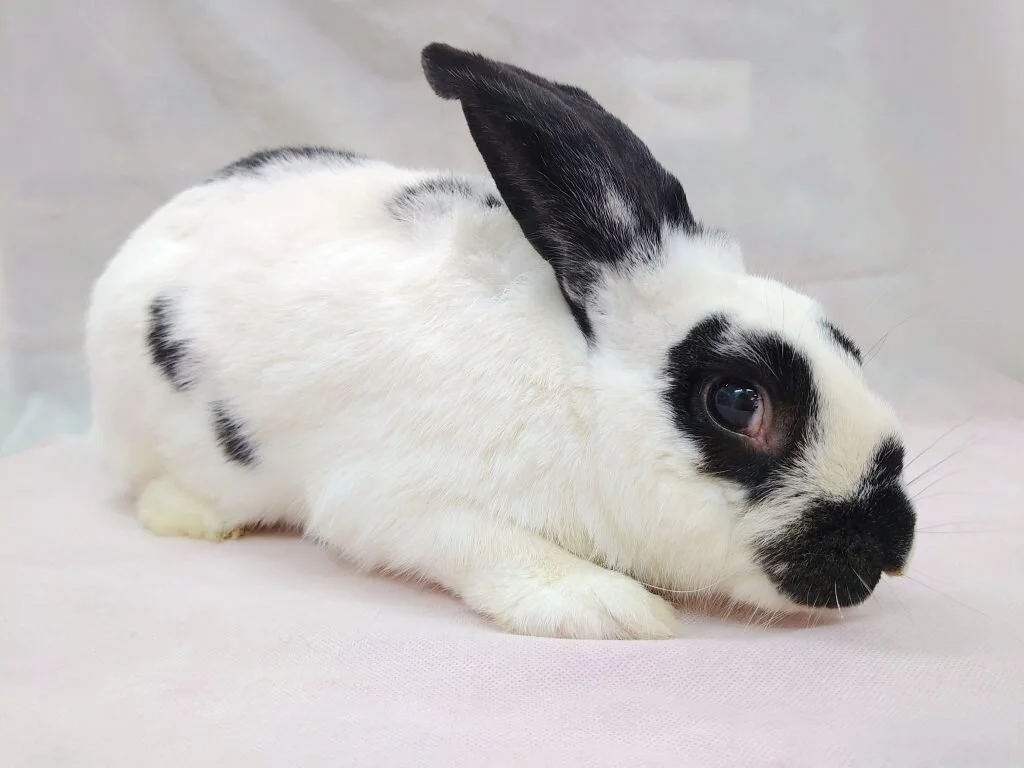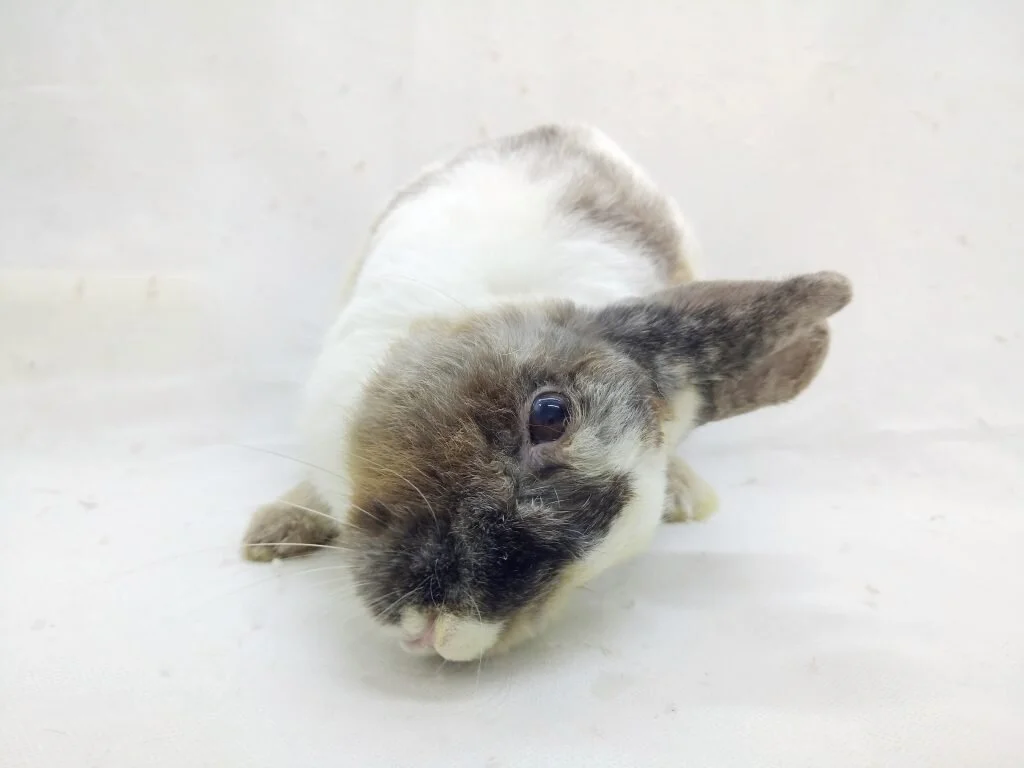Tell Me More: Finding Furever Homes
Stray cats and dogs are not an uncommon sight in Hong Kong; the Agriculture, Fisheries and Conservation Department (AFCD) alone caught 1,395 stray animals between January to September 2020. In addition to stray animals, many are given up by their owners. While the pandemic brought about an increase in animal adoptions, more animals were abandoned due to COVID-19, owners leaving Hong Kong, or financial struggles.
In this instalment of Tell Me More, Audrey O’Young of HKALPO interviews the founders of several organisations in Hong Kong which facilitate the rescue, rehabilitation and rehoming of animals. Our interviewees include:
Sally Andersen - the founder of Hong Kong Dog Rescue (HKDR);
Emily Pereira - the founder of Hong Kong Cats;
Sheila McClelland - the founder of LAP Lifelong Animal Protection Charity; and
Shirley Tong - chairman and founder of Hong Kong Rabbit Society (HKRS).
Source: Hong Kong Dog Rescue
How did your organisation start? What was the motivation?
HKDR:
I started rescuing dogs when I moved to Lamma in 1986 and found there were so many abandoned dogs from fishing boats, and fish farms in the bay. When I found out about AFCD [Agriculture, Fisheries and Conservation Department] and all of the dogs that ended up being killed there (there was no re-homing programme at that time), I was advised that I would need to create an organisation to be able to take dogs out of AFCD Government Animal Management Centres. So HKDR was founded in 2003 for that purpose.
Hong Kong Cats:
I lived in a village in Sai Kung where we kept finding kittens that had been abandoned by the rubbish bins. I noticed there were a lot of stray cats that weren’t desexed, so I started by registering as a CCCP volunteer at SPCA and having the cats desexed. I created a Facebook page to then home the kittens as we found them. This ended up growing very quickly as lots of other villagers around Sai Kung were in a similar situation and people started contacting me to assist with homing other cats from their village.
LAP:
LAP was borne of Boodhai. Boodhai was a small, fluffy puppy I saw being held up by one paw and being sold for dog meat. My husband took the puppy off the person trying to sell him, and from then on, my perception of everything I was seeing changed. After bringing Boodhai into my life, I noticed just how many animals around me were in desperate need of help. I had always cared about animals throughout my life but more from the perspective of the environment, and not hurting or eating them, I just hadn’t seen what was going on right in front of me. I was suddenly made of aware of the huge amount of casual neglect and abuse.
Lifelong Animal Protection came about to try and help those animals.
It seemed like every day, when I was walking my dog Boodhai, I would come across yet another litter of feral kittens that had been born. Very often these kittens would bein terrible condition, close to dying or very sick, and the best way I could help them was to trap the mother cats, treat them, vaccinate, and neuter them (with the very generous help of our local vet Dr Has DeVries). Once treated we returned the adults to managed colonies and rehomed the kittens. I began to meet other concerned people and gradually Lifelong Animal Protection came into being. LAP grew and eventually we became a registered Hong Kong charity in the year 2003.
Our Trap Neuter and Release initiative proved to be a great success, reducing the number of feral kittens being born in our target area from an estimated 600 per year, down to zero. At the time, LAP worked to help find homes for unwanted dogs and animals of all types.
We also began a successful animal welfare education program to promote responsible companion animal care.
HKRS:
香港兔友協會(HKRS)於2003年1月成立。本港每年有大量的動物遭受主人遺棄,除了貓、狗外,兔子亦是遭受遺棄及被忽視的一群。本會是唯一致力於為兔子謀取福利,為牠們發聲的機構,在沒有得到政府的資助下不斷努力接收被主人遺棄的兔子,為牠們尋家,年老患病的兔子會得到適切的治療和照顧,我們的宗旨是不棄不殺,就算未能尋家的兔子,亦會由兔協照顧到終老。
除此以外,本會亦會透過推廣教育,宣揚防止虐待、愛護和尊重動物生命的訊息,從而減低動物被遺棄的機會。
Where do the animals you rescue come from? How many animals do you currently look after?
HKDR:
Initially all of the dogs came from AFCD, but as the public became more aware of the fate of dogs that ended up in the hands of the government, we started to get private surrenders and also dogs handed in that had been found. Now the majority of our dogs and puppies come from sources other than AFCD. We currently take care of around 600 dogs, and as they are adopted others arrive.
Hong Kong Cats:
The majority of the cats still come from villagers around Sai Kung. However, there has been an increase of people abandoning their cats due to relocation. Rules have become stricter and prices are much higher to emigrate with pets. We currently have lots of friendly adult cats in need of homes. We have over 20 cats in need of a home.
LAP:
The precise number varies, but at present we have just over 300 cats and dogs, staying either in our three rescue shelters or in the homes of our volunteer fosters. Our LAP residents come to us via four main routes.
Firstly, strays and feral cats and dogs come to us from people who have found them on the streets, in villages or strays in the hills. Some of these are abandoned pets and some are born in the “wild”. We still do get puppies who are liberated from the illegal dog meat trade. We’re glad to say this cruel practice has lessened in recent years.
We receive a dogs and cats from the government kennels. Over the years we have been dealing with them, the AFCD staff have shown increasing compassion, and have done a marvelous job of contacting us when they have received an animal which they think can be rehomed. We are very grateful to them for the lives they’ve saved. When we first started it was very difficult to get any animal out of the government kennels once they had gone in - Times have changed for the better.
Surrenders — Sometimes people hit hard times. a change in personal circumstances; losing a jobs or home, emigration, illness, or bereavement can make it seem an impossible challenge to look after their companion animals, and they have had to be surrendered. This is highly traumatic for both the families and the animals, especially when those surrendered animals are getting on in years. However, we have been quite successful in rehoming the elder animals.
Breeders and the Pet shop industry — the most tragic, and the most neglected individuals of all the animals we receive, are the products of the brutal and cruel pet breeding and pet shop industry. This awful trade relies on the continued demand for cute puppies and kittens, and the breeders will go to any length to supply that trade. We have had to deal with botched DIY cesareans, jaws broken from debarking, and endless untreated disease and neglect. We are left to deal with the terrible effects on the animals’ poor bodies once they are no longer profitable. The breeders simply do not care how much these animals suffer, as long as they can still breed more victims. After surviving a lifetime of exploitation, a mother’s productivity ends, and it’s only then that she is discarded - the lucky find their way to animal rescues organisations such as ourselves.
HKRS:
接收及拯救被市民棄養,漁護署和其他動物團體或獨立義工轉介的兔子,以避免牠們遭受流離之苦。現時本會有約70隻被遺棄的兔子。
Source: Hong Kong Rabbit Society
What does a day at your organisation entail?
HKDR:
We have two Homing Centres, a smaller one with our office at Ap Lei Chau, and a very large one at Tai Po, and both are open every single day of the year from 9am to 7pm, although some volunteers and cleaners start earlier in the morning. Cleaning is the first priority every day, followed by feeding, then walking the dogs. We try to do that twice a day. Adopters come every day to meet the dogs so even if there's not an actual adoption we have to spend time with the visitors.
I handle all of the emails initially, then distribute them to the Homing Centres or the accounts or fundraising/events staff. We work as a close team so everyone is involved as much as possible. I also live with around a hundred dogs so there's a lot of hands-on work involved too. I also write my daily blog first thing.
Hong Kong Cats:
Making sure that cats make their vet appointments. Talking people through how to introduce a new cat to their home, how to socialize them and other advice given. Getting in touch with people who are interested in fostering or adopting. Checking in on cats that are in need of medical care, assisting with TNR [trap-neuter-return], trying to raise funds for vet bills. The list is endless.
LAP:
Our days at our various shelters have four main activities- medicating, cleaning, feeding, and socializing the animals in our care. Everything we do is done by volunteer staff, and when we first open our shelters in the morning, the first thing is to make sure everyone is present and correct, then the meds are done. Then it is rounds of walking, playing, and cleaning while we open the doors to potential fosters and adopters who want to visit our animals.
The less physical side of things involves following up on applications from the public to adopt, foster or volunteer. We also organize vet visits as needed as well as dealing with any new intakes of rescued animals and follow up checks.
HKRS:
每日我們要為70多隻兔子清潔籠舍,餵飼乾草和清潔的食水及新鮮蔬菜;由有經驗的職員負責兔子的醫療護理工作,包括餵草粉,餵藥和補充品,清洗傷口,吊皮下水,打針,搽藥膏,梳毛剪甲等,亦會安排兔子在籠外放風,使其有適當的運動。
同時作為一所動物福利機構,我們提供免費咨詢服務,包括一般飼養知識和相關健康建議。另外,為應付龐大的開支,我們增設兔子用品及食品銷售門市部及網上商店,收益全用作兔協營運開支。
Source: LAP
What are some of the greatest challenges your organisation faces?
HKDR:
The biggest challenge on a day-to-day basis is trying to get the larger adult mongrels adopted. They come in on a daily basis and although puppies and small-sized dogs are fairly easy, not many of the animal NGOs take in the large adult mixed breeds so we end up with most of them. It's like a never-ending scenario, and we're always running just to keep up.
Hong Kong Cats:
There are lots of people who loosely own cats, they feed them but they do not take care of the medical side or desex them. So trying to educate people on this. The increase of cats being abandoned by people emigrating is a challenge, as adult cats are harder to home, especially if they’re in pairs. Having enough volunteers for TNR [is also tough]. If there were more people helping with this then there would be a lot less cats in need of help.
LAP:
Finding the money to look after as many animals as LAP does is extremely expensive. Medical bills, premises, transport and all the other costs to maintain a good, happy, and healthy environment for our residents is a daily challenge.
Other challenges are people’s preconceptions about companion animals. There are just too many to list, but examples of these misconceptions are that breeds such as Labradors or Persians are good and reliable, while domestic short haired cats and mongrels dogs are less loving, or that small dogs are easy, big dogs are energetic, cats are aloof loners etc. This ill-informed attitude can make it difficult for some extremely lovely animals to find homes, simply because some people have fixed ideas about them.
HKRS:
本會現時面對的挑戰是被遺棄的年老患病兔子日益增加,主人因經濟問題無法支付高昂醫療費用,移民,對兔毛敏感,主人懷孕,搬屋等等而棄養,一般較年輕健康的兔子被領養的機會很高,相反,年老患病的就無人問津,累計佔了本會待領養兔子總數量的2/3。本會的宗旨是不棄不殺,我們會照顧牠們直到終老,因此面對著收容問題及沉重的醫療開支。
How can members of the public help and further your organisation’s mission?
HKDR:
Obviously the funding is vital with so many hundreds of dogs, and we haven't been able to hold any big events for the past two years so we try all sorts of other ways of bringing in money. Donating directly or supporting the various promotions we have (such as the 2022 Cube Calendar currently open for participation) is one way to support. Spreading the word about HKDR is also very helpful, because word of mouth is a great way to promote adoption, and we're very proud of our reputation. Even the smallest of donations is appreciated, such as newspapers which we use for the puppies' toilet areas, so anyone can pitch in to help in that way.
In addition we always need foster homes, especially for very young puppies or dogs recovering from surgery, heartworm or tick fever.
We need to keep pushing home the reality of the breeders and the dogs that suffer so terribly to produce those baby pups sold in pet shops. We also need to educate the public about the realities of having a dog and what a dog's basic needs are. So many people buy a puppy when they're out at work all day, then wonder why the dog grows up with behaviour problems. Dog ownership means being responsible for more than just food and water and it's not everyone's right to have an animal they can't properly care for.
Hong Kong Cats:
Become a TNR volunteer for the area in which they are living. Share posts on social media to help spread the word about cats needing homes, [and] join us for events to show support. [Donations support the work of Hong Kong Cats.]
LAP:
We are an all-volunteer group. Spread the word, join us, adopt, donate, foster, and volunteer!
HKRS:
市民決定飼養兔子前先了解一些必需考慮的事情 (請參閱以下連結) ,承諾照顧牠們直至終老,可避免因誤解而造成棄養。同時希望市民支持以領養代替購買,給被遺棄的兔子一個家。另外,本會是政府認可的慈善團體,市民可以透過捐款支持我們的工作。
Source: Hong Kong Cats
Our observations
While organisations such as those featured in this article try to rehome as many animals as possible, there are still many dogs, cats, rabbits, and more waiting for a forever home. Unfortunately, there are still many pet shops in Hong Kong promoting ‘pure-bred’ kittens and puppies in their store windows; purchasing a pet only perpetuates the commercial breeding cycle that is often cruel and results in abandonment.
“Adopt don’t shop” is more than a campaign slogan. Adopting from an organisation not only gives the adopted animal a second chance, but it also contributes to stopping the commercial breeding cycle and opens up a space for another animal to be rescued, rehabilitated and rehomed through the organisation. It is also important to remember that adopting an animal is a life-long commitment, and to ensure you can properly care for the animal before you give it a home.
Once again, many thanks to Sally, Emily, Shirley and Sheila for their invaluable time.
Featured animals
We are taking this opportunity to feature some of the animals available for adoption. Please ensure you can properly care for the animal before deciding to adopt. You can view the rest of the animals waiting for homes on each organisation’s website!
L-R: Nugget, Brixton and Jasper from LAP.

